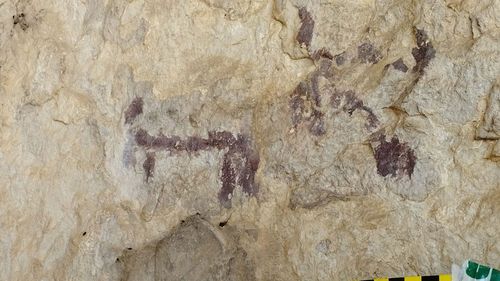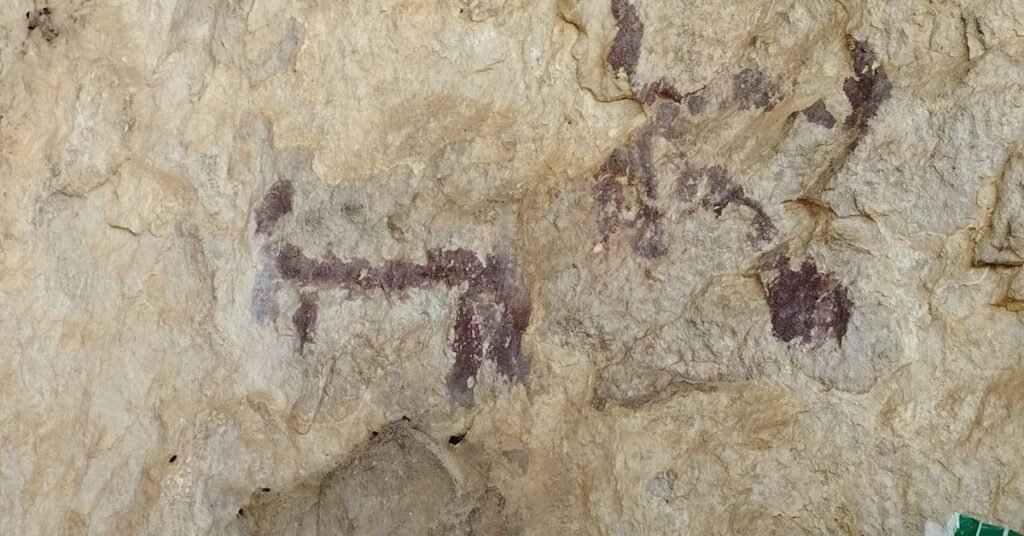A 39-year-old man from Los Villares, in Jaén province in Andalucia, southern Spain, uploaded photos of the wet paintings to Facebook, according to a statement from the Guardia Civil published on Saturday.
The paintings affected, which are in various locations in the Sierra Sur de Jaén mountain range, are protected on the country’s heritage register, and the man is under investigation for a crime against historical heritage, said the statement.

Officers from the Guardia Civil’s nature protection service (Seprona) launched an investigation in May after seeing the photos online.
“The photographs show that water has been poured onto the cave paintings, wetting them in order to see them better and capture a clearer image,” the statement reads.
The cave paintings were made on limestone, which contains water-soluble salts. When water is poured on the paintings, these salts dissolve and then come to the surface when the water evaporates, leaving a crust that causes “irreparable damage” to the paintings, according to the Guardia Civil.
The law enforcement agency, which is responsible for protecting Spain’s historical heritage, called on residents to report any signs of damage or vandalism to cave paintings.
Reports of damage to historical objects have also been reported in Italy.
In September last year, a 22-year-old German man was detained in Florence accused of damaging a statue in the 16th-century Fountain of Neptune in the Piazza della Signoria, city authorities said in a statement.
The tourist, who was not named, scaled a protective barrier around the monument in the early hours of Monday and posed on the statue while two friends, who remained on the other side of the barrier, took photos of him, the city statement said, citing police officers who witnessed the event on surveillance footage.





